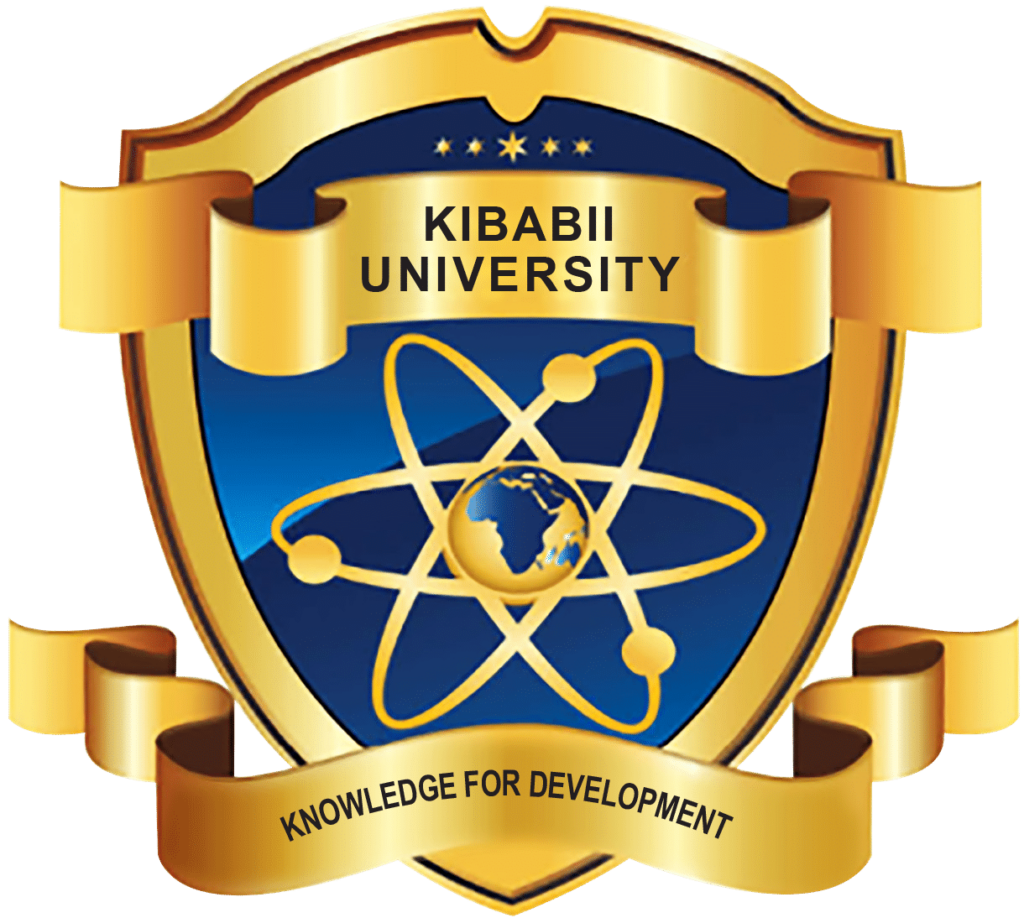THESE TITLE: Classroom Dynamics in Mediating Learner Performance among the Visually Impaired Learners in Integrated Secondary Schools in Bungoma County
STUDENT NAME: Helen Mihegwa
SUPERVISORS:
1. Prof. Stanley N. Mutsotso
2. Dr. Edwin Masibo
ABSTRACT:
Learning is a continuous process of acquiring skills, knowledge and attitudes within any environment that learning takes place and begins at early age when a child starts to explore the surroundings around him/her. However, this may not be uniform for all children because of numerous challenges that some of them encounter. This study was to investigate how teachers mediate for learner classroom performance among the Visually Impaired learners in integrated secondary schools in Bungoma County, Kenya. The objectives of the study were; to determine the different categories of learners with Visual Impairment in integrated secondary schools, establish teacher characteristics in mediating for learners with Visual Impairment in integrated secondary schools, determine the influence of instructional resources to classroom performance among learners with Visual impairment in integrated secondary schools, establish challenges encountered in integrated classrooms for learners who are Visually Impaired and determine how these challenges were mediated for in integrated secondary schools in Bungoma County. Variables in the objectives were, different categories of visual impairment, teacher characteristics, and influence of instructional resources, challenges encountered and how the challenges were mediated for. The study was in line with the argument of Dewey which has been supported by Gutek, Schiro, Taylor, Flinders and Thornton in the 21st Century. Dewey was the proponent of progressive education which emphasized the need to learn by doing. He stressed that, there was a need to see education as a single process involving teaching and learning. The study was carried out in integrated secondary schools in Bungoma County, Kenya. Descriptive survey research design was adopted by the study. The population that was targeted (287)was derived from integrated secondary schools. The schools were stratified in categories of boys’ school and girls’ school. The respondents for the study were sampled using Simple random sampling. The data was collected using teachers, learners, teacher aide and caretakers questionnaire. Interviews were scheduled for teachers, visually impaired learners and learners with sight. Descriptive statistics was used to analyze quantitative data presenting data in summary frequencies and percentage. Tables and charts were also used to present data. The study findings were presented as per the objectives of the study and could be used by educational policy makers and stakeholders to plan on how to provide education that was quality for learners who had difficulties with sight and enhance their active participation in class, school and community activities in Bungoma County. It was concluded that, learners with visual impairment were categorized as blind, low vision and visual disorder. Teachers found it difficult though they tried to interpret the curriculum to suit all learners. They found difficulties in following a lesson plan prepared for learners with visual impairment, and providing differentiated tasks. There were inadequate learning resources and those available did not benefit all learners and were not readily available during class instructions. Learners with visual impairment encountered more challenges in integrated classrooms which were overcrowded and the environment not modified. The school community had misconception about learners with visual impairment. The study therefore recommended that, all learners be given equal opportunity to learn, teachers to be given training in Special Needs Education, learning environment be modified and schools to source for funds to buy instructional resources. Serving Special Needs Teachers with qualifications of a degree and above be deployed in integrated secondary schools to support the transition from primary schools to secondary schools. Parents to support their children with visual impairment while in school. The study could as well help to establish the classroom dynamics in mediating learner performance among the visually impaired learners in integrated secondary schools in Bungoma County, Kenya.

